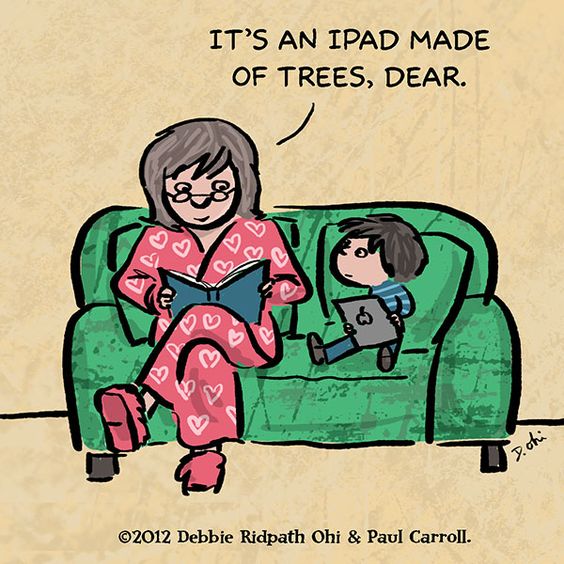Print news is rapidly becoming a fluttering memory, a trip to movies means a weeks worth of dinner out of a can and finding a book store is just about as hard as finding a local Milk-bar for a reel of Hubba-bubba! New technology is rapidly changing the way we do the things we love, be it reading, exercising, watching a TV series, and yes, even the way we’re ‘hooking up’. For anyone under the age of 30, this is nothing new. We’ve been hearing ‘the world is changing’ for most of our lives and as a result of this, have developed into a highly adaptable and agile population group. According to this week’s reading, ‘A World of Differences’, Entertainment and Media (E&M) companies, complacency is no longer an option if continued business growth is of any significant value.
Identifying the shifting dynamics between business and consumer into five main dimensions of the global E&M industry, Lederer and Brownlow highlight the need for companies to capitalise on our increasingly integrated world whilst understanding the primacy of localised markets. Discussing the trends emerging from new digital platforms that provide consumer generated content and omni-channel programmes, the availability of an ‘on demand’ functionality is enabling companies to pivot towards a digitised business model and consequently, tap in the the fastest growing opportunity for growth and development.
The opportunities for traditionally structured businesses to stay ‘relevant’ now lie directly in the investment of consumer knowledge and data driven marketing as business competition becomes just as much about the product as it does the delivery. Whilst the internet is rapidly eliminating the barriers caused by geographical location, companies and brands are now being challenged to assess market groups and navigate the consumer’s local and international preferences.

